data-animation-override>
“No one knows stoppers better than the guys at Race Brakes. Steve Currie and the team talk us through things you should be aware of before buying a second-hand set of brakes”
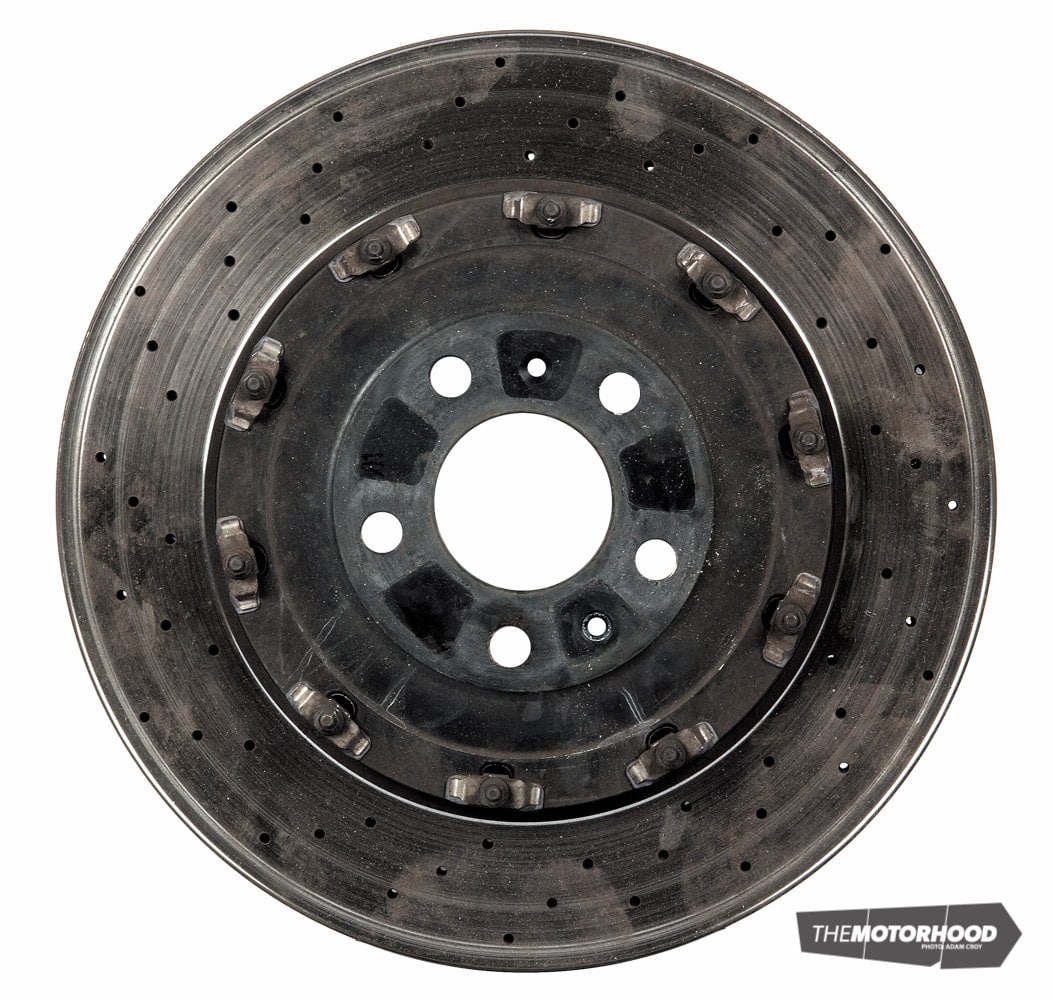
Like the second-hand coilovers we had a look at last month, buying second-hand brakes can be a bit of a gamble. No matter how good a set looks when you inspect them, brakes are easily cleaned up, and only the seller really knows what kind of condition they were in when they were pulled off a car. Even then, they honestly may not be aware of hidden problems.
Besides this, though the brakes might have been absolutely mint when pulled off a vehicle, that can change, as piston seals have a tendency to deteriorate over time when not in use — and the longer they’ve been sitting, the more likely they are to need a rebuild. Sadly, doing nothing is worse than doing high mileage.
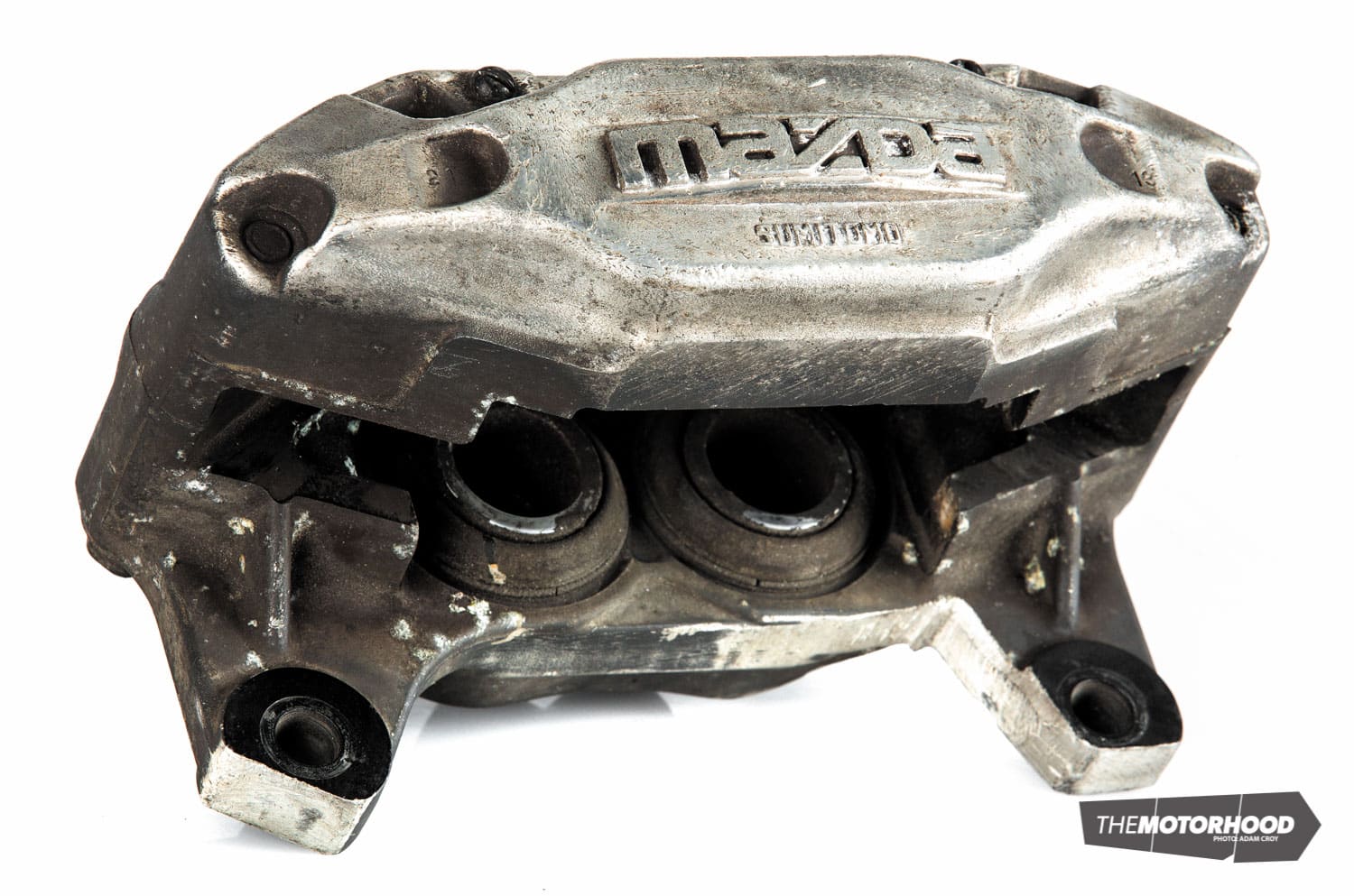
So what happens if they do need a rebuild? In theory, all calipers can be rebuilt, however, some manufacturers regard their calipers as disposable, and make it very difficult and expensive to get a kit — Brembo road calipers are a prime example of this. Even when kits are readily available, it can still be a very expensive exercise, depending on how many pistons the caliper uses. Though many people don’t want to hear it, at a certain point it can be easier, simpler, and often cheaper in the long run to just buy new performance brakes. It pays to ring around and get prices on new aftermarket gear before assuming it will be too expensive — don’t just check out used deals online, you might be surprised. And it’ll certainly be a better surprise than paying for a flogged-out set of Skyline calipers, then realizing they need to be rebuilt once they’re on the car — something that could easily end up costing you twice the price of some brand-new four-pot Wilwoods.
As for the rotors, don’t forget that like a brake pad, this part is considered a consumable — it was only ever meant to do X number of kilometres before being replaced, so make sure you’re not simply buying someone’s old used-up rotors that will need to be swapped for new items in a couple of months.
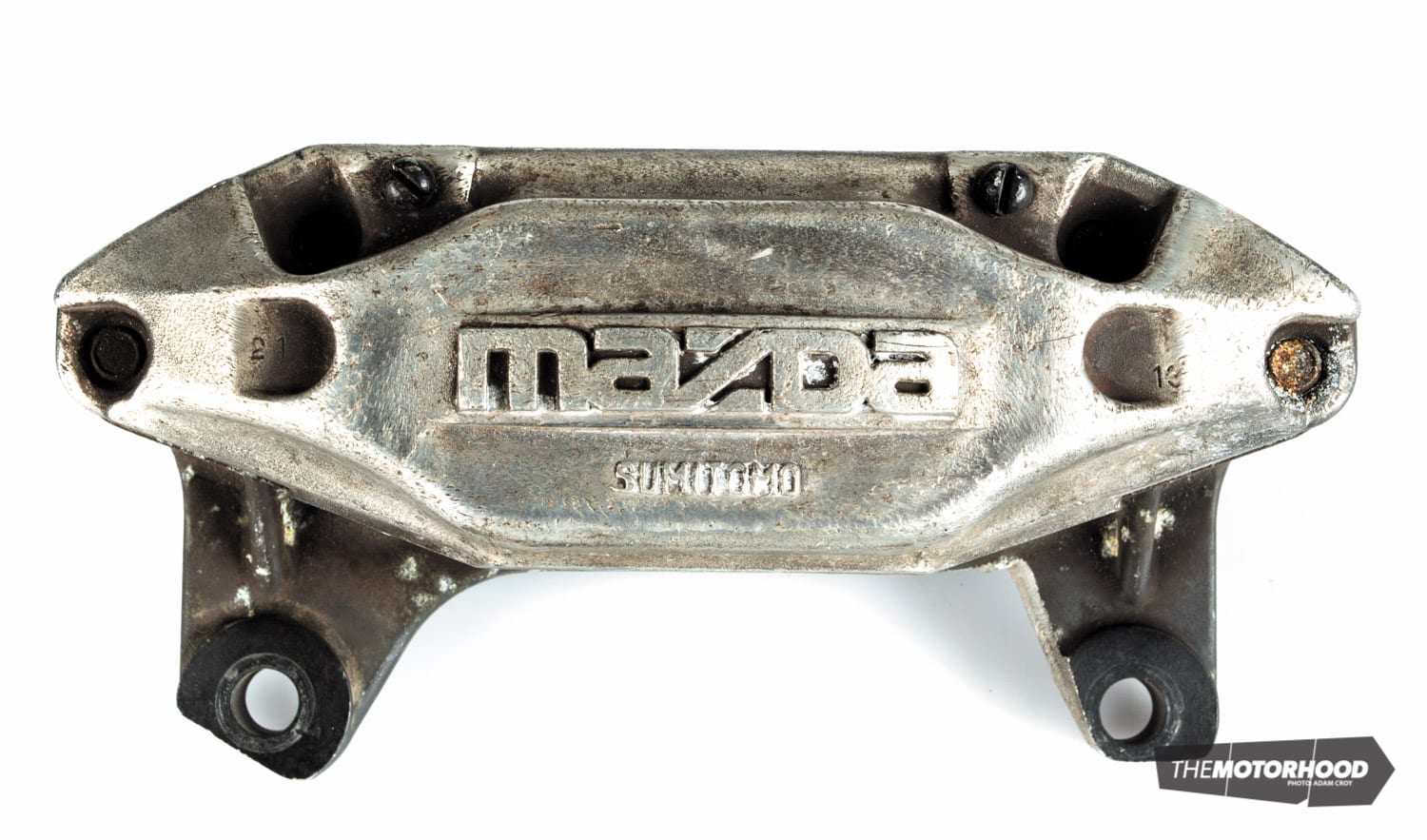
All of that said, we’re certainly not saying there aren’t some awesome bargains out there, waiting to be snapped up. Just be sure to do your research first; is this a good choice for my car, and what do I plan to use it for? Look online and see what other people have used, and yes, there is such a thing as ‘too big’ when it comes to brakes. Discs and calipers are unsprung weight, meaning unnecessarily large, heavy stoppers when you don’t actually need them will only slow you down, not make you faster.
Will the brakes fit without too many problems? Again, do the research online — if it’s been done a thousand times before, there’ll be a good reason for it.
Make sure you aren’t buying ‘weird’ stuff. By this we mean, are the calipers off an old Saab, for example. You’ll probably need to put a set of track-capable road-friendly pads into them to pass your low-volume cert, and ask yourself; where are you going to buy those flash pads from? Sure, Race Brakes can custom manufacture this sort of thing, but do you really want to set yourself up with custom-manufactured consumables? The same goes for rotors, so you’ll need to use your head here — if you’ve figured out that three of the available rotors will do the job, and one is off an ’80s Transit, one is the rear rotor from a Murciélago, and the third is from a VT Commodore, which one should you use, and why?
Finally, and arguably most importantly, how long have they been sitting, and what kind of condition are they in? You can’t really tell with complete certainty that your new brakes are up to scratch, short of putting them on the car and running them, but as you scroll down the page, we’ve listed a few things to pay close attention to when checking out a potential purchase. Good luck!
Brake rotors
Cracks
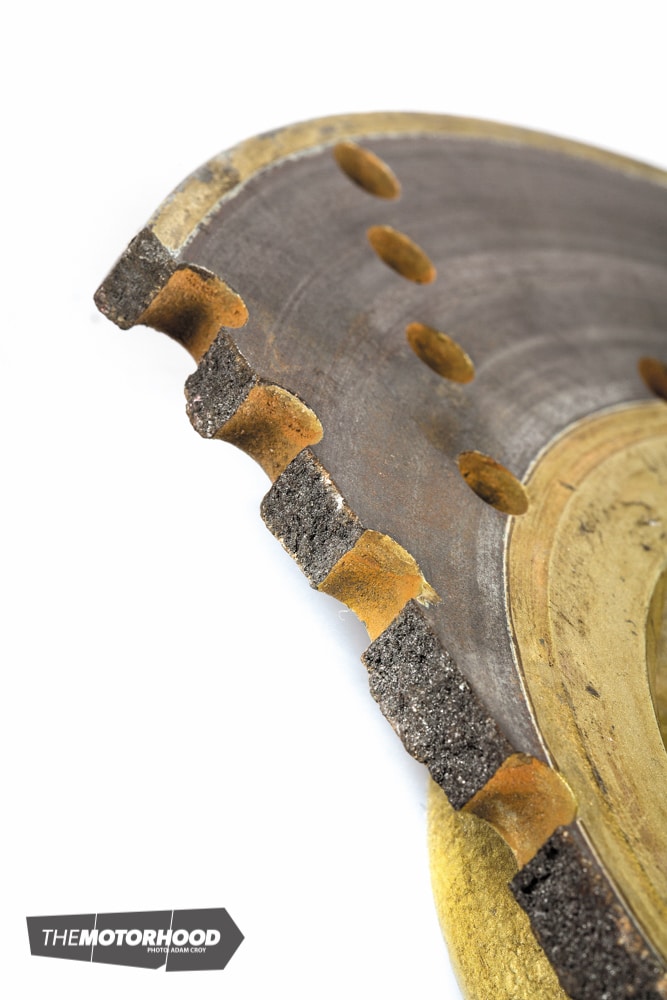
Inspect the rotor in detail, checking for any cracks over the entire surface on both sides. Really, really fine cracks generally aren’t a problem, it’s the bigger ones you’ve got to worry about. If the rotor is cross-drilled, pay special attention to the holes, making sure there are no cracks radiating out.
Warp
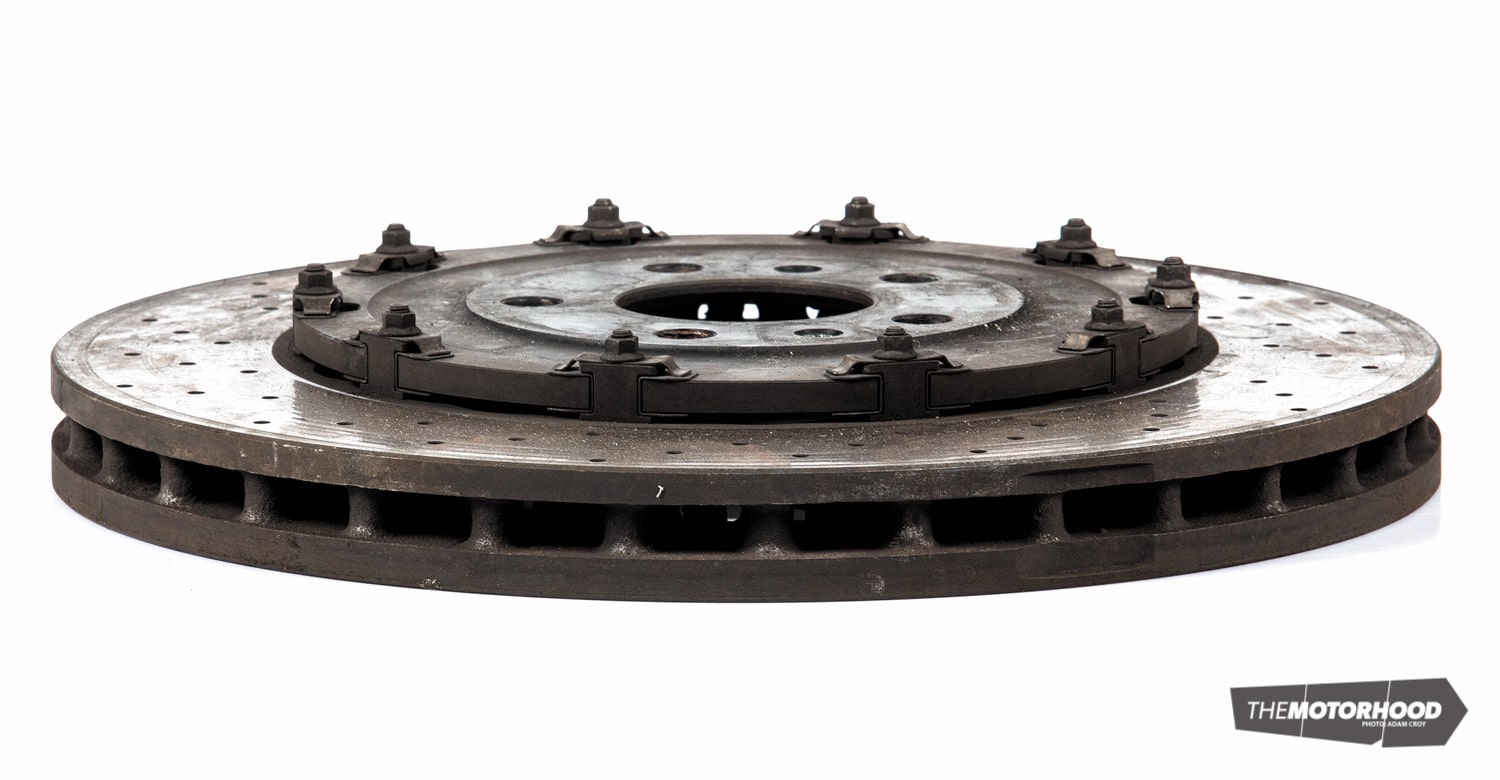
Unfortunately this is impossible to check unless it is mounted on the vehicle and you can measure it with a DTI. They may have been fine on the vehicle, but how have they been treated while they have been in storage? If they have been dropped, they are probably warped.
Wear
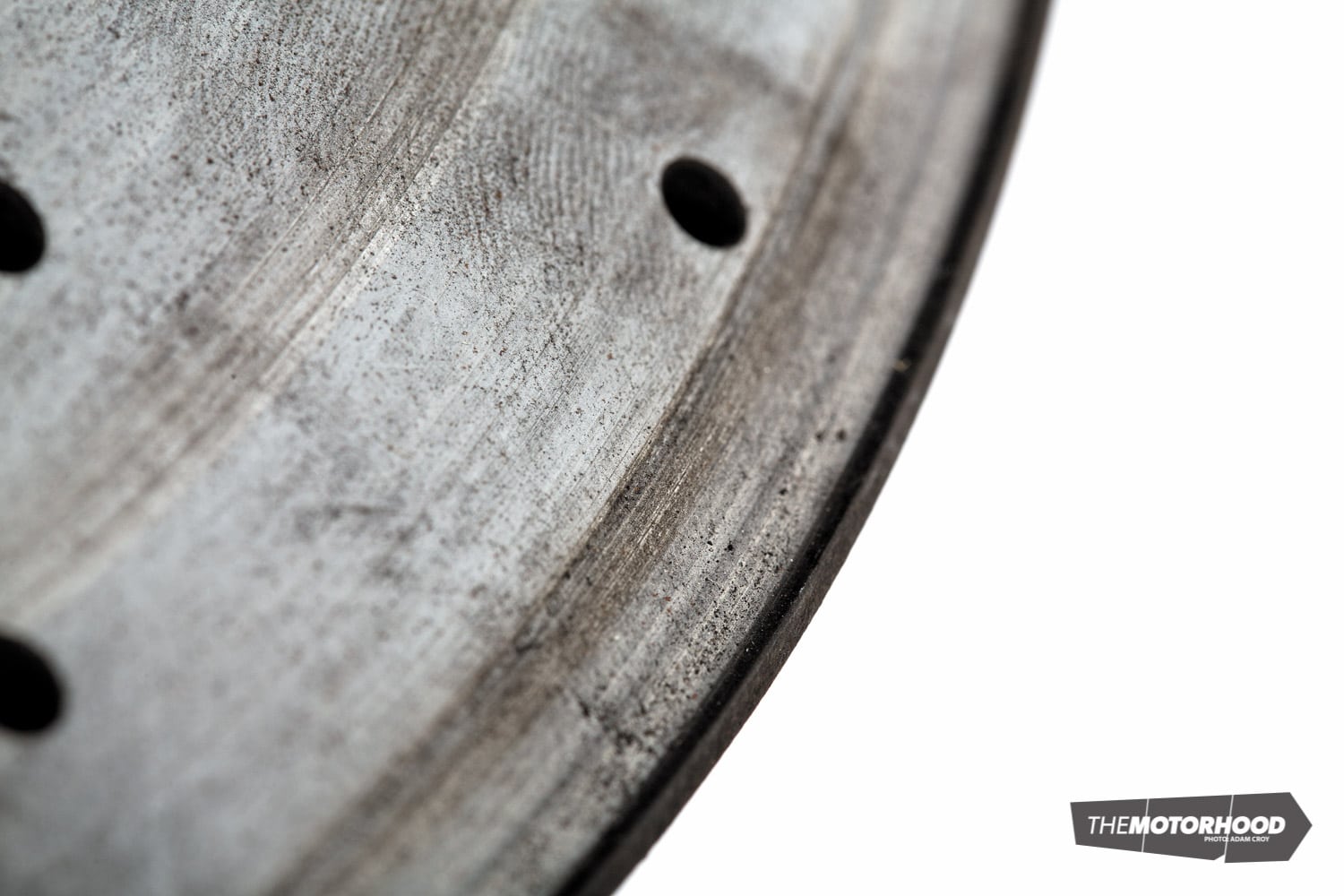
Check the very outer of the rotor, where the pad does not contact the braking surface. The more worn the rotor, the bigger the step up, or lip, from the braking surface to the edge of the rotor will be. Anything substantial, like the example pictured, is good for the scrappy and not much else. Typically, rotors have a discard thickness 2mm under the new thickness, which equates to 1mm per side, i.e. if the lip is around 1mm high, it’s toast.
Brake calipers
Seals
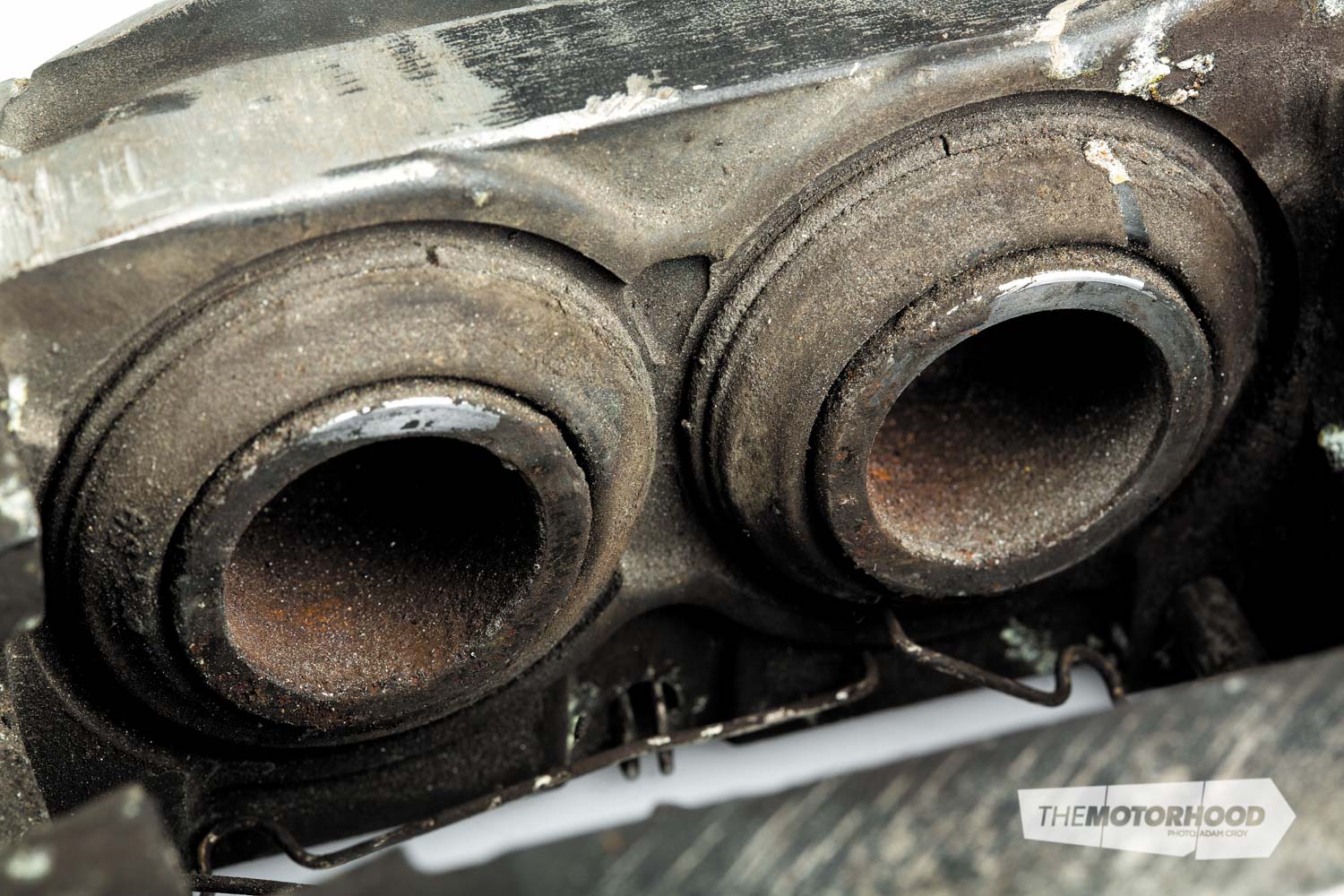
If the caliper has been thoroughly cleaned, it will be very difficult to check the condition of the seals. If it is a little grimy, however, take a close look under the rubber boots and around the pistons themselves, looking for any signs of oily muck, which is seeping brake fluid. Generally, the golden rule for calipers is: if it ain’t broke, don’t fix it. However, if the caliper has been sitting for a long while it’s probably broke.
Modifications
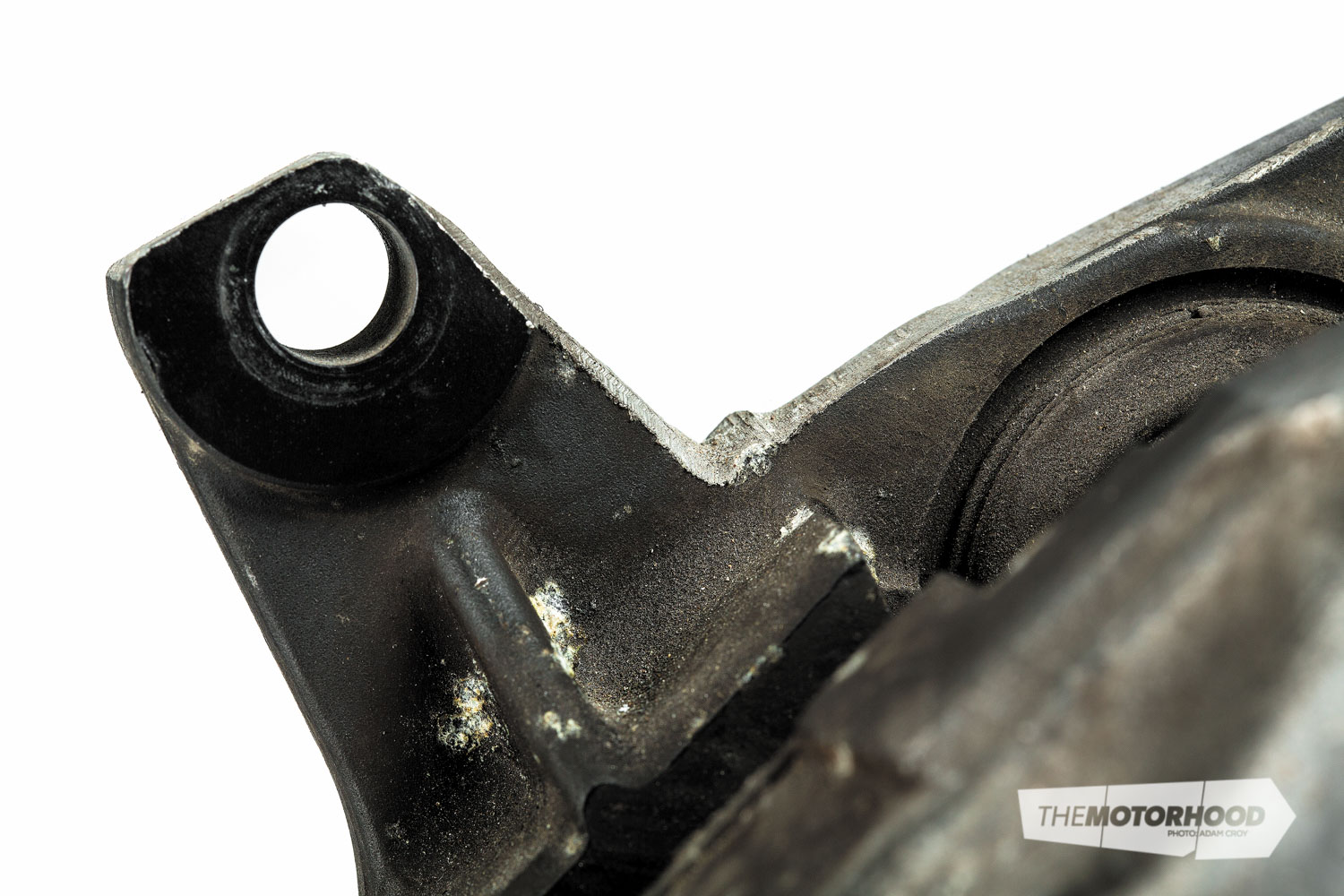
If the caliper body has been modified in any way other than for purely cosmetic purposes, it will not be able to be certified and like the FD RX-7 example pictured, can be downright dangerous.
Bleed nipple
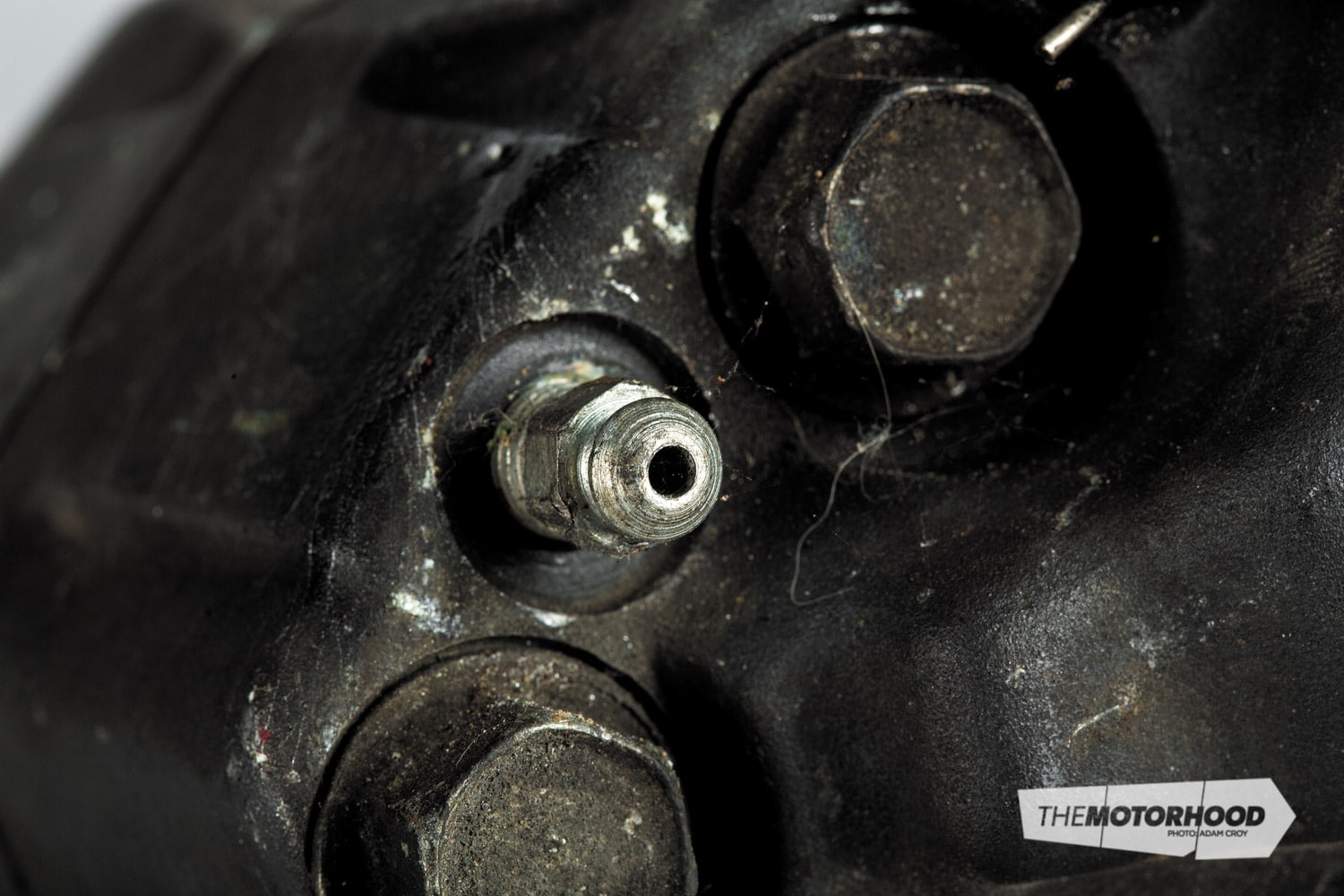
Take a close look at the bleed nipple. If it’s badly worn or rounded, it’s not just ugly, it makes bleeding your brakes an absolute pain in the arse. This however, is a relatively cheap and easy fix.
Keep in mind that stripping a caliper down to inspect it means that at the very least, it will have to be re-kitted. You wouldn’t drain your engine oil for an oil analysis, and then put it back in the engine, would you? A re-kit is a wise move if the calipers have been sitting around, but if the pistons are corroded as well, as mentioned earlier you could all of a sudden be looking at the price of a new caliper to recondition the old ones.





